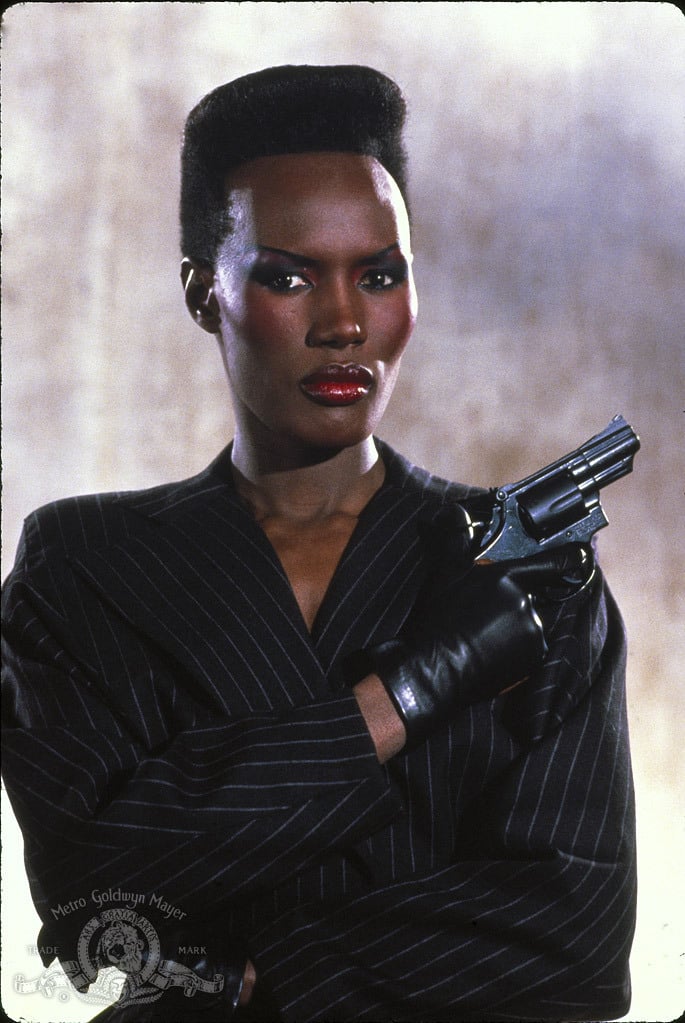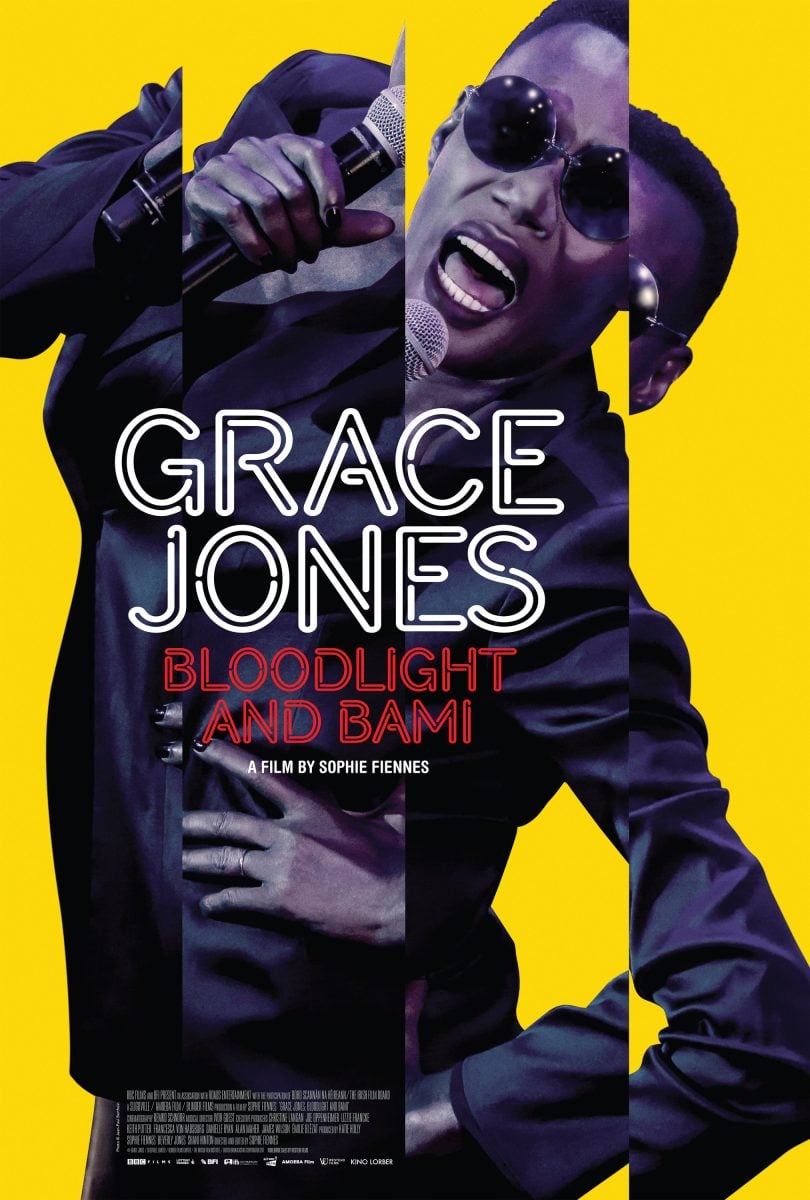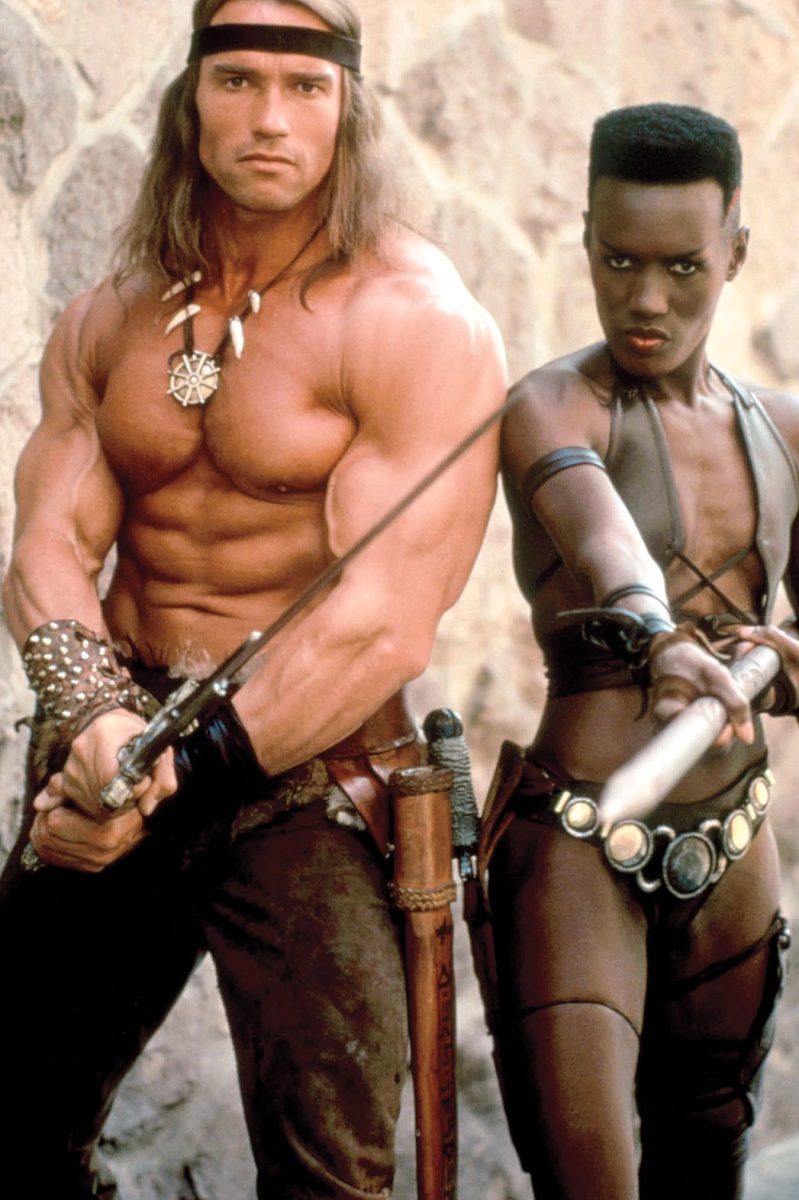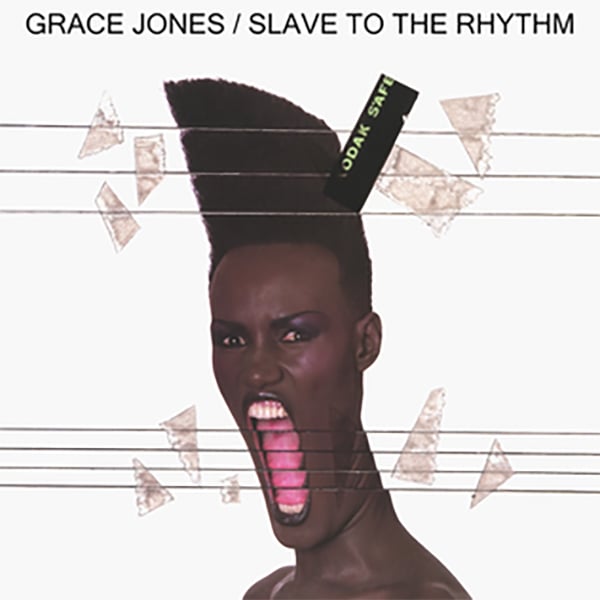Grace Jones Turns 75: Ten Moments From Her Iconic Music, Film And Modeling Career
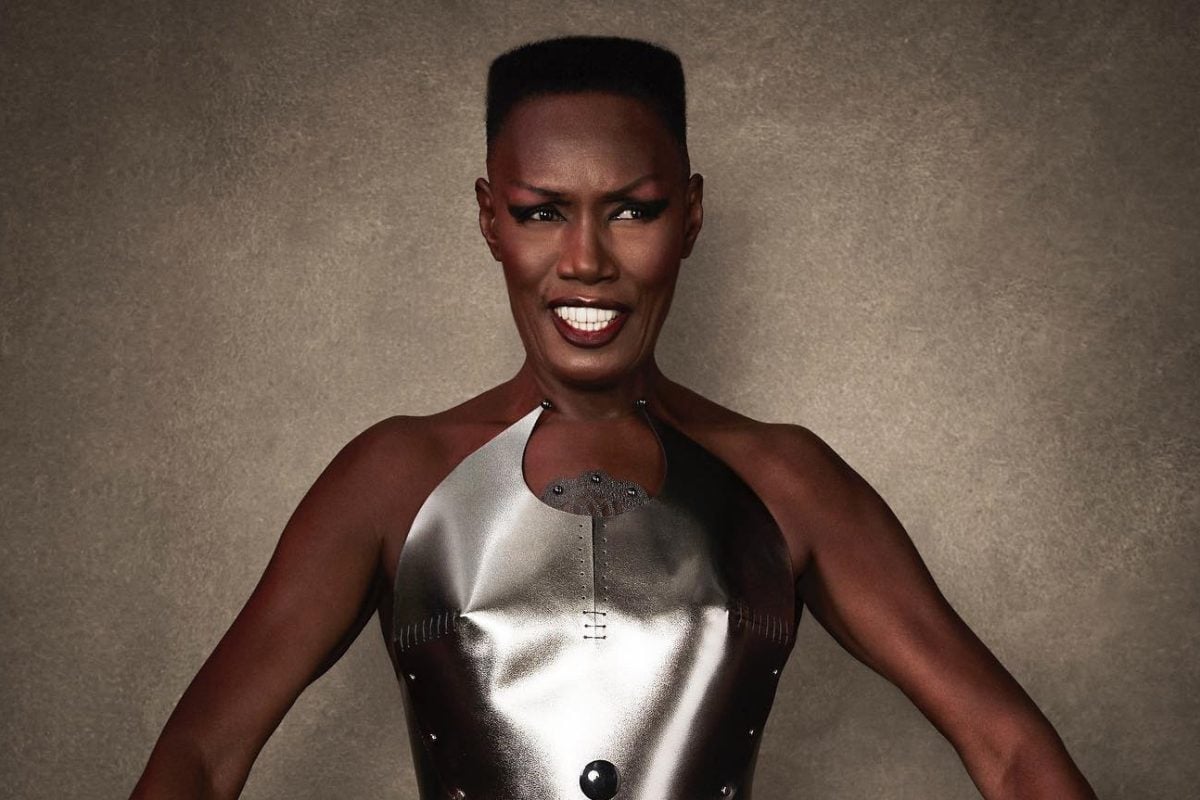
While every bit deserved, calling Grace Jones an icon may not do enough to highlight her wild and pioneering impact. From tempestuous love stories – such as her relationship with Dolph Lundgren, which ended after she showed up to his LA hotel room waving a gun, to igniting life-changing revolutions that inspired countless artists to embrace their authentic selves, Jones has stood as a beacon for change on every front.
With her androgynous image and otherworldly fashion sense, bolstered by a fierce yet self-aware spirit of rebellion, the Jamaican trailblazer continues to live on the edge of adventure with an incredible lust for life.
Today, as she celebrates her 75th birthday, we take a nostalgic look through ten outstanding moments that encapsulate the brilliance and enduring influence of Grace Jones—the visionary, who not only redefined artistry, but paved the way for generations to come.
1. A View To Kill (1985)
A View To Kill, the 14th installment of the James Bond films, arguably becomes a soulless spectacle without Jones’ presence as May Day – the formidable henchwoman and lover of Roger Moore’s Bond nemesis, Max Zorin, played by Christopher Walken. Oozing power and a mesmerizing mix of strength, sensuality and unpredictability, Jones’ electrifying performance proved the counterweight to the film’s, at times, convoluted plot. She transformed what may have otherwise been a run-of-the-mill Bond villain into a complex and captivating force, brimming with vulnerability and raw determination. Jones’s performance in A View To Kill is easily one of her early roles, so much so that among the pantheon of James Bond villains, GQ magazine honorably mentions Jones as the only actor that “comes close to outdoing his [Walken’s] performance” – who is ranked as the ninth best Bond villain of all time.
Jones was nominated for a Saturn Award for Best Supporting Actress for her role in the film.
2. Nightclubbing (1981)
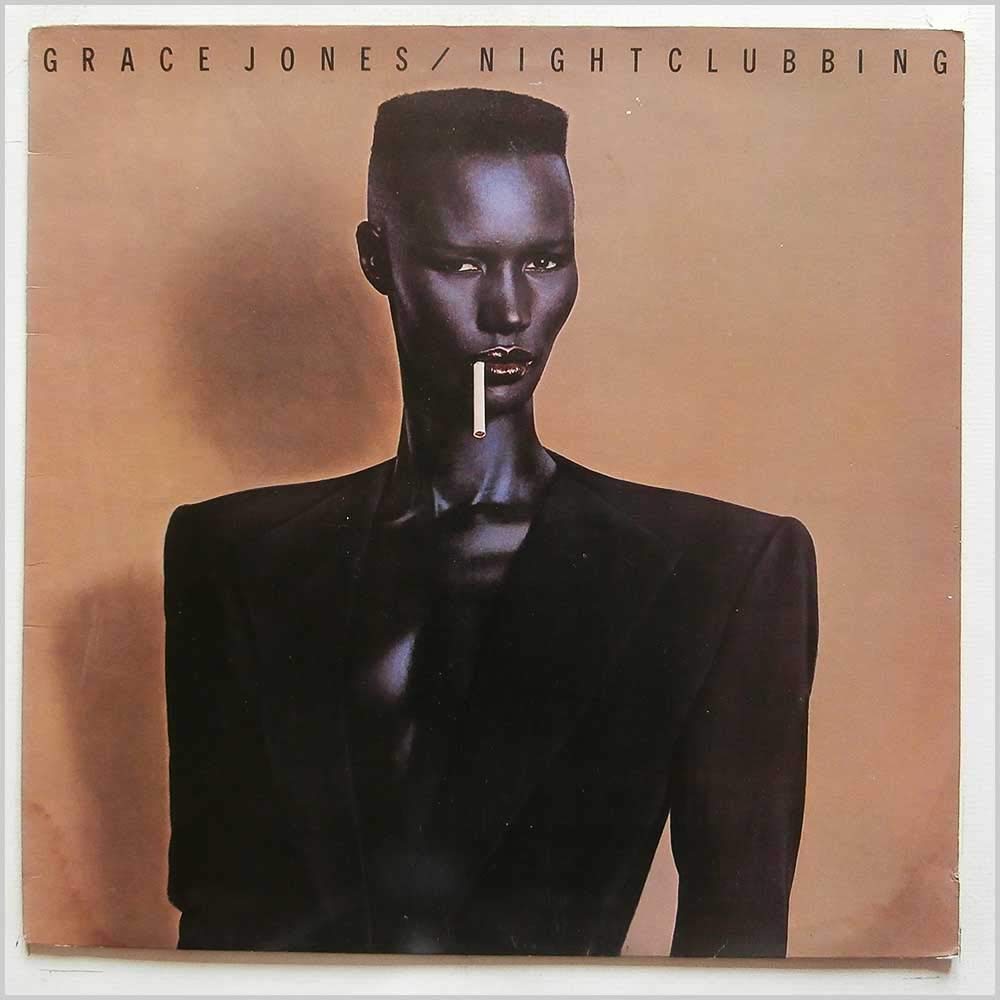
The journey from her 1977 rendition of Edith Piaf’s La Vie En Rose – which put her on the radar of Island Records’ Chris Blackwell, to Nightclubbing – indisputably one of the greatest albums of all time, may never again be replicated. Jones’ characteristic boldness paid off on this masterclass in musical hybridization, as the sultry songstress seamlessly combined Reggae, Funk, Post-Punk and Pop music on the nine-track project. Released on May 11, 1981 by Island Records, the album features contributions from Sly & Robbie, and also draws inspiration from Black Uhuru’s 1980 album, Sinsemilla.
Describing the creative direction for the revolutionary project, Blackwell pointed out that the mission was to have “… a Reggae bottom, aggressive guitar, atmospheric keyboards in the middle, and Grace on top”. It became one of the cornerstones of Dance music in the modern era, and was also one of Jones’ best-performing albums in the US, peaking at No. 32 on the US Billboard 200 chart. It also featured the hit singles Pull up To The Bumper and I’ve Seen That Face Before (Libertango).
It was as a result of Jones’ pioneering work on ‘Nightclubbing’ that Beyoncé tapped the icon for a collaboration on Move, a track from her Renaissance album, which debuted in 2022.
3. Bloodlight and Bami (2017)
When Jones greenlit the Sophie Fiennes-directed Bloodlight and Bami, it was done with the specific goal of peeling back the layers of her mysterious and alluring fashion-centric persona. It accomplished that and more, and now stands as an essential ingredient for those who have been late to the Grace Jones train. The documentary intimately goes beyond the scope of mystique, as it combines footage from live performances with behind-the-scenes glimpses into Jones’ personal life.
In it, Jones returns to Jamaica to reconnect with a life she had left behind, rebuild a few bridges, and burn a few she wasn’t able to when she left Jamaica at 13.
The film achieves a level of intimacy with Jones that fans hadn’t before it been privy to, which makes it a stellar accomplishment in a career as a far-reaching as Jones’.
4. A One Man Show (1982)
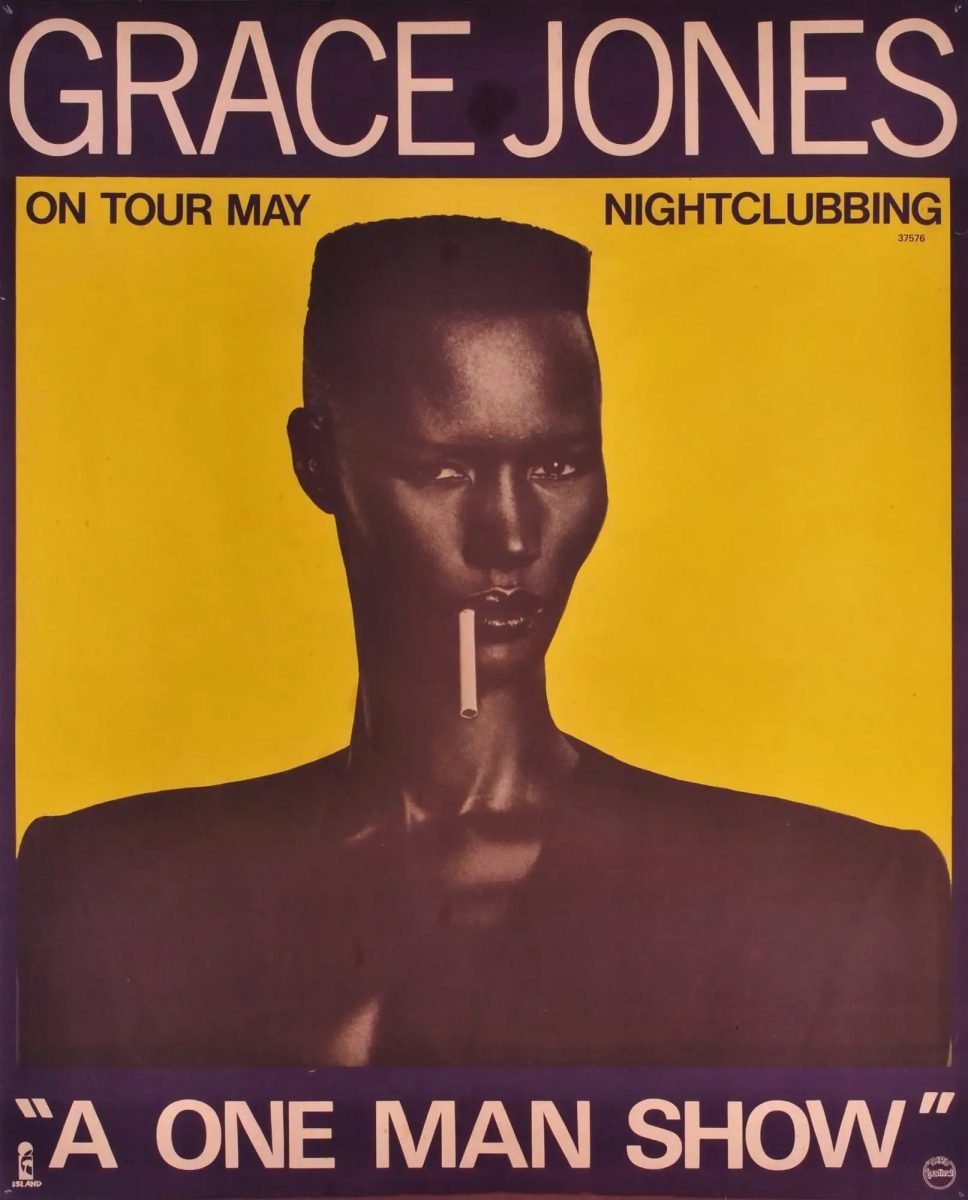
Jones’ ‘A One Man Show’, a live performance theatrical production which was recorded and released in 1982, represents another interesting intersection between Jones’ larger-than-life persona and her boundary-pushing creativity and interest in film. The concert film, which shares the name with the tour that inspired it, effortlessly showcases Jones’ dynamic stage presence, artistic versatility, and captivating energy, and combines those elements with her powerful vocals, eye-catching choreography, striking visuals, and iconic fashion choices for an immersive and electrifying experience by the icon.
It was also directed by Jean-Paul Goude, with whom Jones had a romantic relationship, which gave birth to her son, Paolo.
5. Conan The Destroyer (1984)
From fashion and music icon to partying up with a Barbarian, few things may be left to check off on Jones’ bucket list. She made sure of that when she joined the cast of Conan The Destroyer, acting alongside Hollywood A-lister-turned US Governor, Arnold Schwarzenegger, and NBA legend Wilt Chamberlain. Jones’ androgynous looks may have aided in her landing the role of the magic-wielding ‘Darfarian’ – who is portrayed as a male in the Marvel comic book ‘Conan The Barbarian’.
Jones, who was always a natural before the camera, made a compelling and commanding appearance, and effectively announced her arrival as a credible and versatile actress.
6. Slapping Talk Show Host Russell Harty Live And On-Air After He Turned His Back On Her
Jones has an undeniable gravity. From her avant-garde fashion choices to her peculiar hairstyles, the icon is a magnet for attention and she knows it. Unfortunately for TV show host Russell Harty, his transgression of that unwritten rule turned out to be his undoing on a live broadcast featuring Jones and another guest. Jones even described the moment in her 2015 memoir ‘I’ll Never Write My Memoirs, revealing: “We rehearsed the show in some detail; the three of us politely sat all facing each other in a semicircle. There didn’t seem to be anything to worry about…On the live show, the real thing, it was all very different. There was a live audience, which immediately changed the atmosphere. Things moved very fast, and I wasn’t feeling any better.”
She added: “I was meant to sit next to Russell Harty and keep still and quiet. I was all dressed up like an Amazonian seductress, and treated like the hired help. I thought, This is no way to treat a guest. This wasn’t at all like what we’d rehearsed. Being stuck there while he ignored me made me feel very uncomfortable. I felt I was provoked. I was feeling exhausted, had no idea where I was, and was coated in pigeon shit; now it seemed I was hallucinating that I was on a live chat show and the host was ignoring me. Pissed off, I poked him in the back.”
Jones reeled off a flurry of slaps on Harty, eliciting confused laughter and applauses from the audience. She later described the moment as her lashing out at him, and disclosed that following that moment, the show’s ratings soared. “I had done him a favour”, Jones added.
7. Slave to the Rhythm (1985)
Another innovative project by Jones, Slave To The Rhythm was a conceptual album (Jones’ seventh) featuring a compilation of songs seamlessly mixed together to form a continuous track. Producer by Trevor Horn, the title track became one of Jones’ signature songs.
The album, released by Island Records, has sold over one million units worldwide, and is certified Platinum in New Zealand. It peaked at No. 73 on the US Billboard 200 chart, holding firm as Jones’ second-highest charting album in the US.
The album reportedly came after a three-year hiatus from music by Jones, during which time she focused on her acting career.
8. Pull Up to the Bumper (1981)
This infectious and provocative single from the Jones’ Nightclubbing album became a worldwide hit and solidified her reputation as a one-of-a-kind artist. The up-tempo classic, recognized as Reggae-Disco and Dance-Pop, peaked at No. 2 on the Billboard Hot Dance Club Songs chart, and subsequently peaked at No. 12 in the UK.
Though the song sparked some controversy due to its sexually evocative lyrics, Jones dismissed arguments that “Pull up to my bumper baby / In your long black limousine / Pull up to my bumper baby / Drive it in between”, “Grease it / Spray it / Let me lubricate it” and “I’ve got to blow your horn” alluded to any particular sexual act.
In 1995, the song was covered by Patra, and was released as the singer’s first single from her second album, Scent of Attraction.
9. I’ve Seen That Face Before (Libertango)
Yet another successful single from Jones’ ‘Nightclubbing’ album, I’ve Seen That Face Before (Libertango) masterfully displays the icon’s captivating talent and musical ear. In it, Jones skilfully blends the Argentine Tango classic ‘Libertango’ by renowned composer Astor Piazzolla with elements of Reggae, as well as the French’s Chanson sound. Jones, along with collaborator Barry Reynolds, adds refreshing lyrics to create a captivating fusion that breathes new life into the timeless composition.
The song peaked at No. 1 on Belgium’s Ultra Top 50 and at No. 2 in the Netherlands.
10. Vamp (1986)
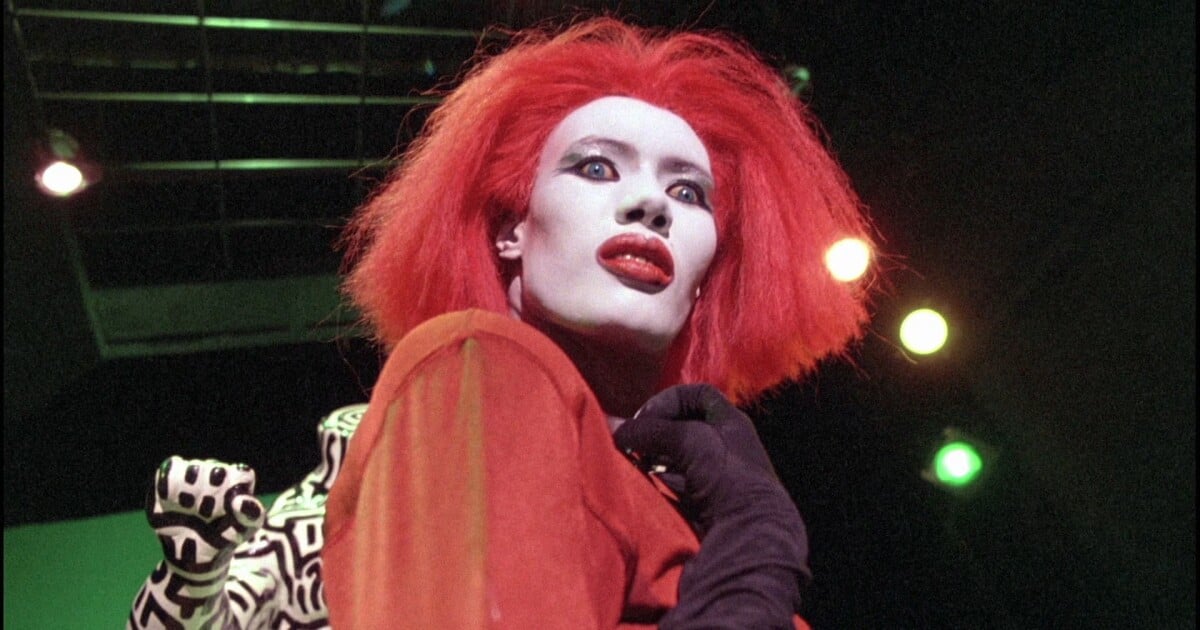
Jones’ acting career was a free-willed exercise in the star’s autonomy and rebellious nature. Vamp was the antithesis of everything her strictly religious, Christian upbringing taught her. Checking off the boxes of prostitution and some variation of the occult, Jones embraced her role as Katrina – a surreally artistic stripper who is also a vampire.
Though the film was released to mixed reviews, Jones didn’t care much for them. She really became Katrina, telling The Guardian of her time filming the movie: “I lived like a vampire – up all night, asleep all day.”

